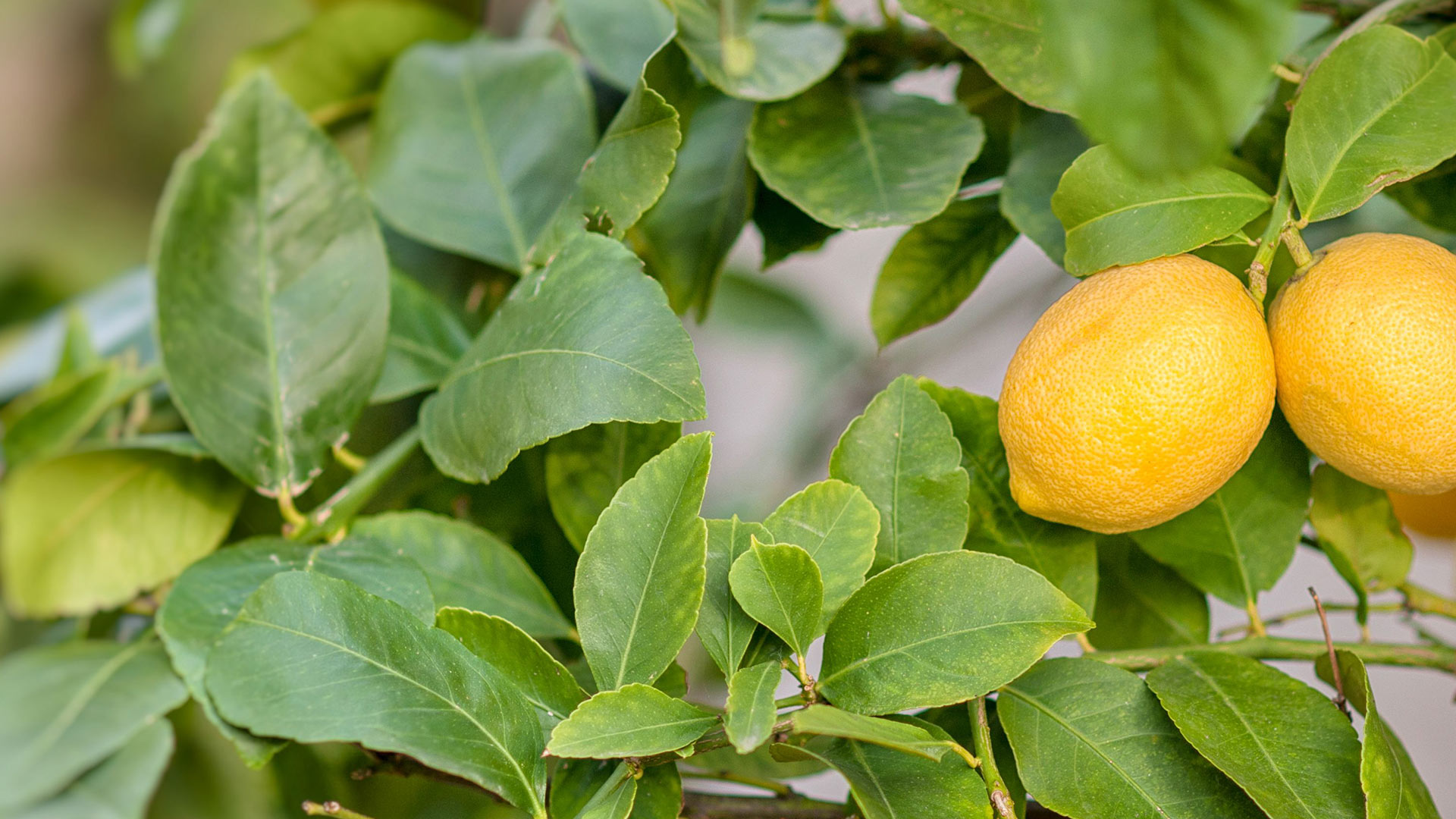Hello fellow gardeners and citrus enthusiasts. We might be a magnolia farm, but one of our favorite trees to grow in our gift tree nursery is our lemon tree. We don’t just love the fragrant smell of lemon blossoms, but it’s such a special feeling to add a squeeze of lemon to your tea or lemon pound cake and know that you grew this lemon with such love and care. In honor of the gorgeous (and delicious!) lemon tree, we'd like to share some tips on how to take care of a lemon tree so that you can enjoy a bountiful harvest of juicy lemons.

Choosing the Right Spot
When planting a lemon tree, it's important to choose a spot that gets plenty of sunlight. Lemon trees thrive in bright, sunny locations and need at least 6-8 hours of direct sunlight per day. Make sure the area is well-drained, as lemon trees do not like to have their roots sitting in water. If your soil is too heavy or dense, consider planting your tree in a raised bed or container.
Watering with Care
Watering is crucial when it comes to taking care of a lemon tree. These trees require regular watering, especially during hot, dry weather. The soil should be kept consistently moist, but not waterlogged or dry. If you're unsure whether your tree needs water, check the soil around the roots. If it feels dry to the touch, it's time to water. Be sure to water deeply, giving the roots a good soaking. Keeping your tree in well-drained soil or a well drained pot will also keep your lemon tree from becoming waterlogged.
This week, try checking in with your tree as often as you can and notice how its soil changes throughout the week. Depending on the size and age of your tree and the climate it is in, it might need more or less water than others. Getting to know your tree will help you take care of its specific needs.
Fertilizing for Some Extra TLC
Lemon trees require regular fertilization to grow and produce fruit. A balanced fertilizer that contains equal parts nitrogen, phosphorus, and potassium is ideal for citrus trees. It's best to fertilize your lemon tree every 4-6 weeks during the growing season (spring and summer) or to use a slow release fertilizer twice per year (once in the early spring and once in the early fall). Be careful not to over-fertilize, as this can lead to excessive growth and weaker branches.
Pruning Your Lemon Tree
Pruning is an important aspect of lemon tree care, as it helps to promote healthy growth and fruit production. Pruning should be done in late winter or early spring before new growth appears. Remove any dead or damaged branches, as well as any branches that are crossing or rubbing against each other. Aim to maintain an open canopy to allow for good air circulation and sunlight penetration.
Lemon Tree Pest Control
Like all plants, lemon trees are susceptible to pests and diseases. Common pests include aphids, spider mites, and citrus leaf miners. Regularly inspect your tree for signs of infestation, such as distorted leaves or sticky residue on the leaves. Treat any pest problems immediately to prevent further damage. We always suggest using organic pest control options when possible, like neem oil or insecticidal soap.
Harvesting Your Lemons
Once your lemon tree starts producing fruit, it's important to harvest them at the right time. Lemons are ready to be picked when they reach full size and have turned yellow. They should be firm to the touch but slightly give when pressed. Use a sharp pair of garden shears to cut the lemon off the tree, leaving a small amount of stem attached. You can store your lemons at room temperature for up to two weeks, or in the refrigerator for up to a month.
Time to Enjoy Your Lemon Tree
Taking care of a lemon tree requires patience and diligence, but the rewards are sweet. With proper care and attention, your lemon tree will produce a bountiful harvest of delicious fruit for years to come. Remember to choose a sunny spot with well-drained soil, water regularly, fertilize appropriately, prune to promote healthy growth, and keep an eye out for pests and diseases. And most importantly, enjoy the fruits of your labor!

